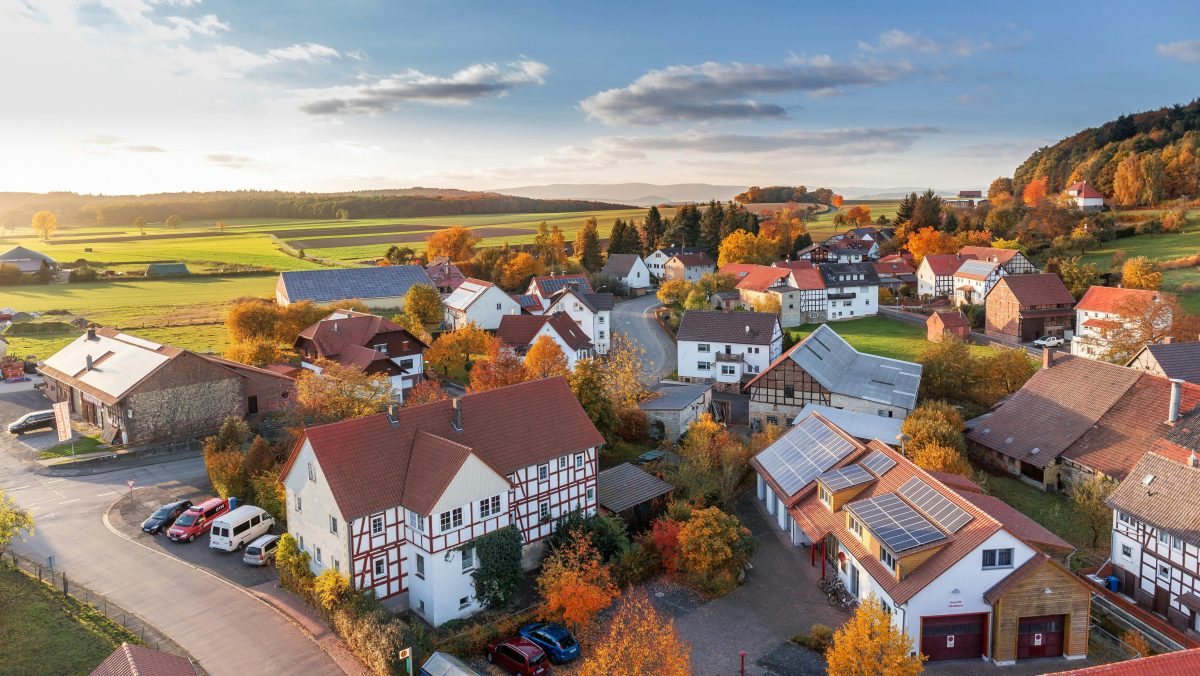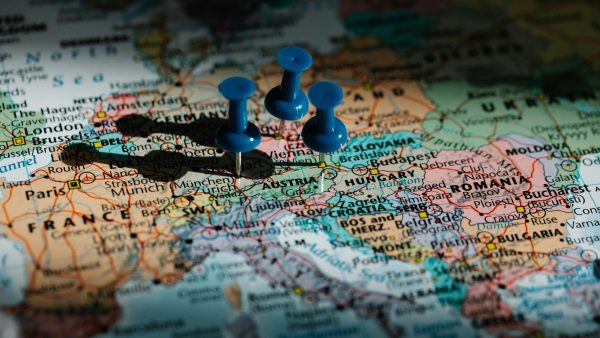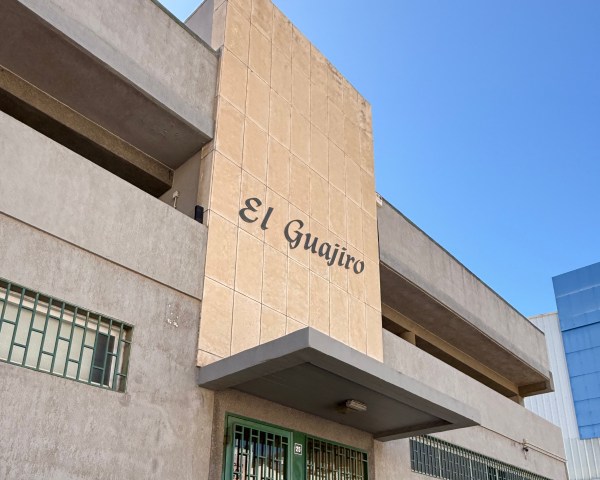The present and the future is digital, we are in the midst of a transition, where the structures of the past are fading away as they become obsolete and new technologies are disrupting with force, creating new forms and methods that dazzle and leave old habits and customs behind.
The key lies in the application of these new logics to traditional processes, which is nothing more than innovation. Replacing the oft-repeated saying ‘because that’s the way it’s always been done’ with rethinking processes and doing things differently so that they also add value along the way.
A developed country is a well-structured country, where wealth and development are spread equally throughout its territory. In our country there are two clearly divided Spains, one urban and congested and one rural and depopulated with real population deserts.
Digitalisation is going to help these two realities to cohere and interrelate. Both environments are complementary and each has its advantages and disadvantages. The rural environment is still stigmatised with a second division vision, isolated from progress and with a somewhat stale and obsolete image, defeatist and without hope, with little vision of the future and little dynamism.
ICT and digitalisation help to break these false ideas
When I was a child in my village in Teruel, Oliete, you were either a farmer, a cattle breeder, a craftsman or a tradesman or little else, nowadays in deepest Teruel you can work in the same way and do the same things as in the Big Apple, the City of London or on Passeig de Gràcia in Barcelona, and not only that, you can also enjoy the quality of life offered by places full of nature, pure air , less congested spaces full of opportunities and possibilities with people who are fulfilled and proud to live in the countryside.
Even so, the rural environment is different from the urban environment and has to be managed taking into account its context, its realities, its peculiarities and its characteristics.
As a result of COVID-19, I was invited to the Congress of Deputies to give a presentation on social policies and care systems, and I did so, emphasising the opportunity that the rural environment has in the face of this new era, ‘the Virtuceno’, as it has been dubbed by the expert in Education, Innovation and Foresight, Juan Carlos Casco. He defines it as a universe of space without physical places, where we construct our identities identities, we work, learn, play, travel, create, weave relationships and pair up.
This shift is already helping to slow down the destruction of the planet that began in the Anthropocene, and thus avoid the ecological crisis and the end of the rural environment, helping to make our world more human, connecting people’s lives, in line with the mission of Telefónica.
For ICT and digitalisation to do their job, we all have to help. We need positive marketing of the rural environment driven by public authorities, companies and other social entities and actors, and we need to launch initiatives such as centres for territorial innovation, publicise successful initiatives that generate rural development and work thanks to ICT and innovation such as Apadrinaunolivo.org or boost those of Despertadores Rurales Inteligentes helping to turning ideas into initiatives.
Conclusions
In short, we have the tools, the territory and the opportunities, now we just need to apply our intelligence to ensure that ICT and digitalisation are put at the service of the territory and thus, together, we will be able to generate sustainable rural development to give life to our villages, depopulated rural areas with years of history and that can be the definitive boost for the success of the digital revolution, everything as always, depends on us.








